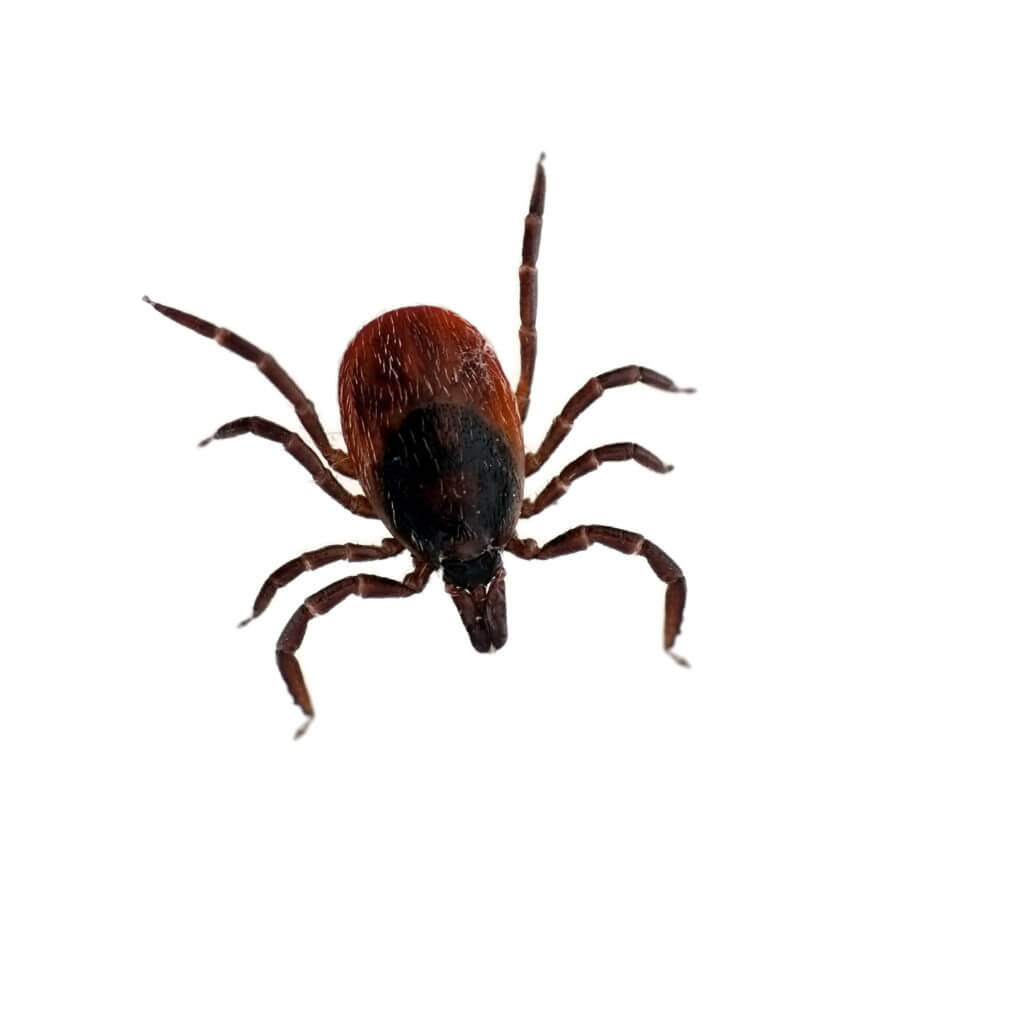Common Pests of Central Texas

During the winter, adult ticks feed primarily on the blood of white-tailed deer, which is why they are sometimes called deer ticks. In the spring, a female tick will drop off its host and will deposit about 3,000 eggs. Nymphs, or baby ticks, feed on mice, squirrels, raccoons, skunks, dogs, humans and birds.
Blacklegged ticks prefer to hide in grass and shrubs while waiting for a passing host.
Blacklegged ticks or deer ticks are a vector of anaplasmosis, babeosis and Lyme disease. Lyme disease is a primary concern in the United States. Symptoms of Lyme disease include fever, headache, fatigue and a characteristic bull’s eye-shaped skin rash. Lyme disease can also affect joints, the heart and the nervous system if left untreated.
When in an area where ticks are common, wear long-sleeved shirts and pants, preferably light-colored so ticks will be easy to detect. It’s also important to wear a tick repellent containing at least 20 percent DEET. To get rid of ticks and their risks indoors, inspect clothing and skin when heading inside. If you find a tick, remove it with a slow and steady pull. Consult with a doctor immediately if there is a reaction at the bite site or if you believe you have contracted Lyme disease. To address ticks on your property, contact a tick control professional.